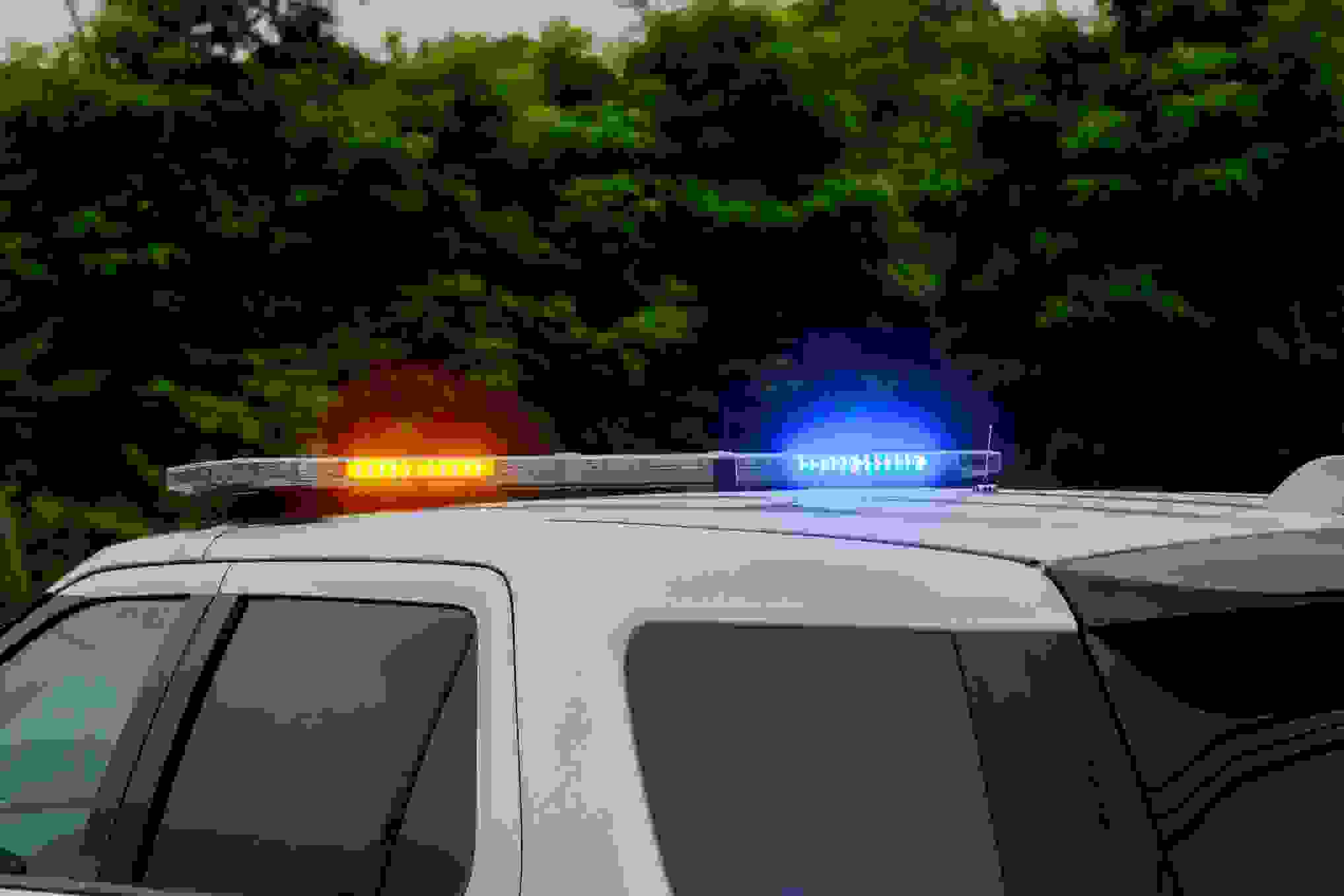Have you ever heard of “ghost” cars? In many states, police departments allow officers
to patrol in unmarked police vehicles
or ones that are hard to identify. While some argue that since we don’t know which car may or may not be law enforcement, we’ll be on our best behavior. But don’t these stealth vehicles make it easier for drivers to impersonate the police?
Why ‘ghost’ decals?
When redesigning their fleet, many police departments across the U.S. are opting for more vehicles with ghost graphics. Some are even replacing their entire fleet.
According to The Drive
, “Policies vary among different police forces, with some going as far as to use unmarked cars for intelligence gathering only, passing information to uniformed police in regular cruisers to make traffic stops and arrests.” These stealth graphics on the car blend in with the vehicle’s paint color. To be able to see the text on the sides, you must be super close and have great lighting.
Sometimes, bright and bold graphics are the way to go, especially when the police car needs to be recognized as such. But undercover cars are nothing new. “From serving undercover missions to stopping traffic violations while they’re happening, they are a common presence on roads across the United States,” according to GDI Graphics
. Since at first glance it doesn’t look like a police car, ghost cars are useful for combating dangerous driving practices and speeding on the highway.
Types of ‘ghost’ decals
Built to blend in, these sleek autos should display information that includes the word “police” as well as the city/county they serve in.
The unit number, emergency contact info, and additional identifying information on the hood are also important. Though optional, some departments may choose to display their mission statement and a police star or badge decal.
Departments may choose from a reflective or non-reflective design. Reflective designs increase vehicle visibility and are easier for everyday drivers to spot in the dark. Whether or not drivers will be able to tell that it's a police vehicle is up for debate.
According to GDI Graphics, “If a police officer in a vehicle with ghost car graphics pulls someone over and they are standing on the road, reflective graphics can also make the vehicle more identifiable to keep the officer and the person they have pulled over safer.”
Sometimes, an unmarked vehicle feels more appropriate for the mission at hand. This allows the officer to draw less attention and work better undercover. “With ghost graphics, we typically suggest that at least some portion of the police and sheriff’s car graphics are reflective to increase safety at night,” GDI Graphics tells us.
Technically, the non-reflective “ghost” cars aren’t truly unmarked, as the decals are still visible from certain angles in the right light. According to The Drive, “The cars are also fitted with concealed lights and sirens so as not to otherwise give the game away.”
MORE: Car Wrapping: Should You Do It?
Where you can’t get pulled over by an unmarked car
Most states allow officers to work undercover. This means they can drive any regular car that best fits each investigation. Though special permission is needed, this tactic is an effective way to outsmart criminals.
However, it's crucial that the vehicle does NOT look like a police interceptor. According to MotorBiscuit
, “While some undercover cop cars look just like any other car, the officers driving them will not blow their cover to enforce a misdemeanor traffic offense.” In some states, an unmarked police car can’t pull you over, but they can radio a fully marked police SUV to make the traffic stop. Other states allow officers in unmarked cars to intervene in an emergency situation if they feel a crime will be or is being committed. And yet there are other states in which the officer must believe public safety is at risk in order to get involved.
Uniforms can also be a factor, whether or not a police officer is required to wear one, even if they step out of a marked police car.
In California
, “Police may not use an unmarked vehicle for either routine or official traffic control,” Motor Biscuit notes. But in Colorado
, drivers can be pulled over by both marked and unmarked cars. Surprisingly, most states allow police officers to patrol in vehicles that aren’t marked. States, where you can only get pulled over by a marked car, include Washington D.C., Idaho, Montana, New Mexico, Oklahoma, South Carolina, Washington, and West Virginia.
